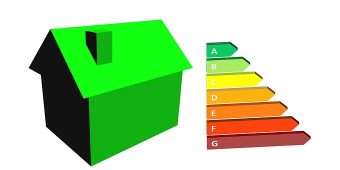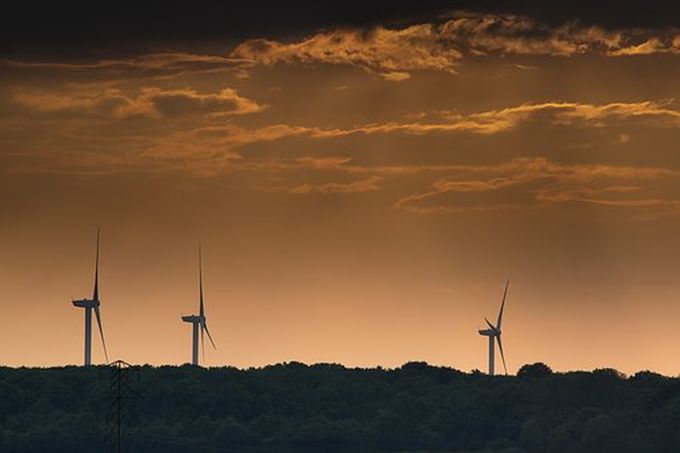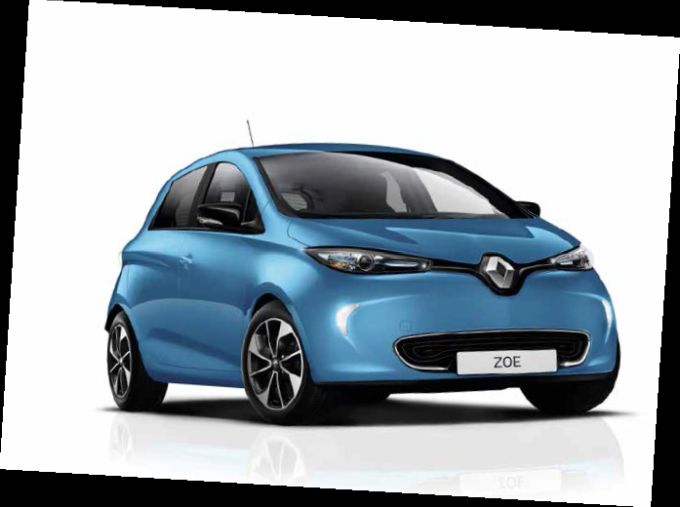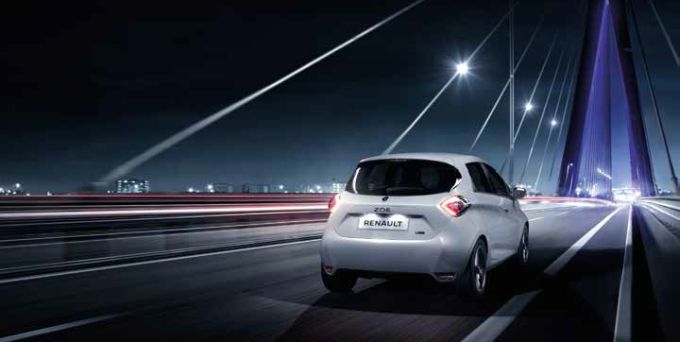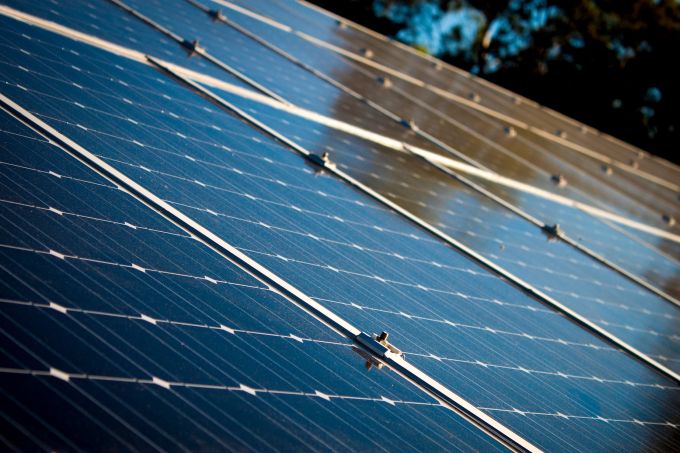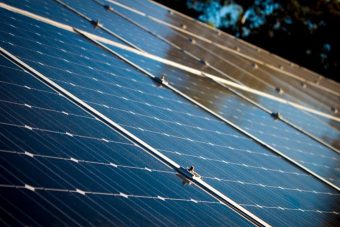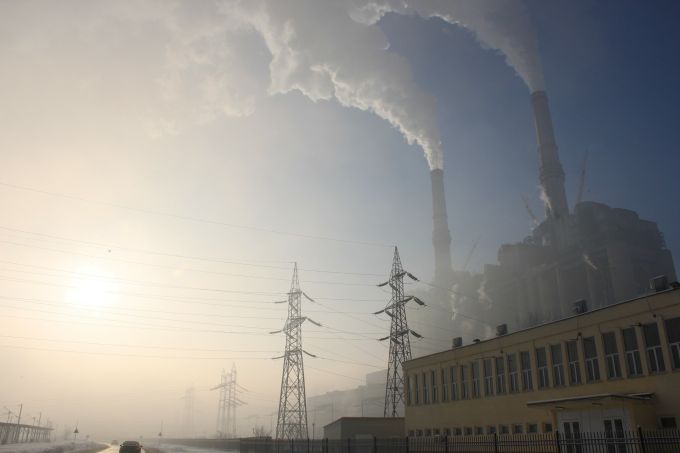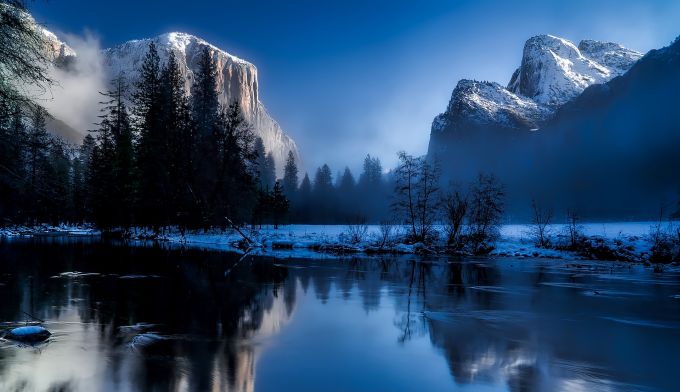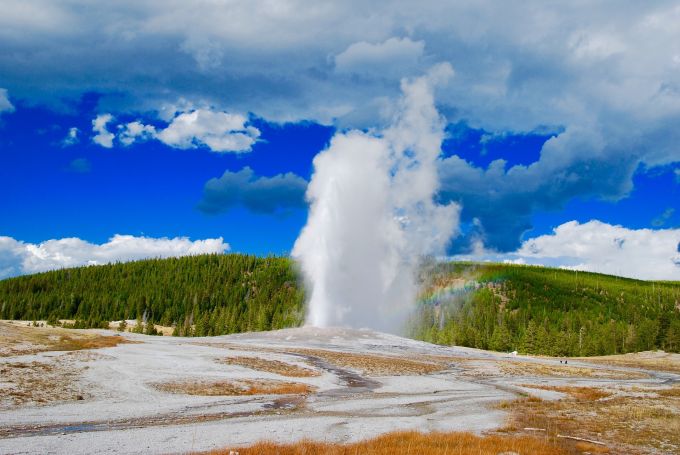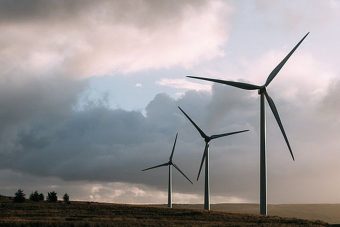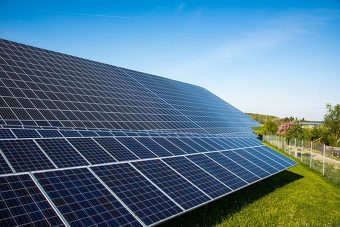
Never underestimate the power of small-minded people to totally disrupt a carefully thought out plan. India is taking bold steps to transition to a low-emissions economy by promoting solar and wind power. It is also contemplating a ban on the sale of conventional cars starting in 2030. Solar power is especially appealing in India because of its abundant sunshine and the steep decline in the price of solar panels in recent years.
But customs officials are threatening to put the kibosh on India’s solar power plans. 90% of the solar panels used in India are imported. Until now, they have entered the country duty free. But the customs officials at the port of Channai have begun demanding that the panels in 1,000 containers waiting to enter the country pay an import duty of 10.5%. The new charges are the result of the customs service reclassifying the solar panels as ““electrical motors and generators,” something they clearly are not.
“It is a matter of wrong classification,” said Anand Kumar, secretary in the Ministry of New and Renewable Energy. “They are sorting out the matter. I’ve talked to the board member concerned.” Developers fear the tariffs will make it impossible to meet installation targets, which will have a negative impact on cash flow. They say customs authorities in other ports have also misinterpreted rules for solar equipment in the past.
“It is simple arm-twisting,” said a leading developer. “Billions of dollars worth of solar modules must have been imported over all these years without attracting any import duty. Suddenly, some spirited customs officials have decided to reinvent the wheel. We have millions of dollars worth of goods which are stuck with a duty implication of over $1,500,000. It is sheer harassment with ulterior motives.”
Customs officials have told importers to pay the fees and apply for a refund later. Some have done so, but others have elected not to. “On the one hand, the government insists we meet our deadlines and on the other this is happening. This will turn our loans into non-performing assets. If we knew this was going to happen, we would have bid differently at solar auctions, pricing this charge into our modules,” one solar developer says. One presumes the government of Prime Minister Modi, who is a tireless champion of solar power, will resolve this situation — which has all the earmarks of a bribery scheme — quickly.
The fossil fuel interests never seem to run out of new and creative ways to hang on to the lucrative ways of the past. In the US, the Trump administration is pondering new tariffs on imported solar cells. With confirmed climate deniers who are in thrall to fossil fuel interests in charge of the EPA and the Energy Department, what are the odds that the US government will do the right thing? Somewhere between slim and none would be a reasonable guess.
Source: cleantechnica.com






